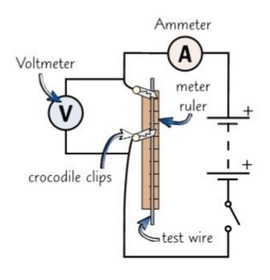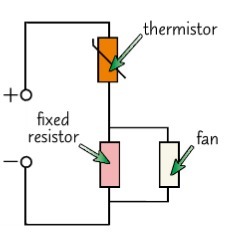GCSE Physics Fichas sobre P2 - Flashcards - Electricity, creado por Robin Skailes el 18/06/2018.
Pineado a
1
0
0
|
|
Creado por un usuario eliminado
hace más de 7 años
|
|
|
|
Copiado por Robin Skailes
hace más de 6 años
|
|
Cerrar




























